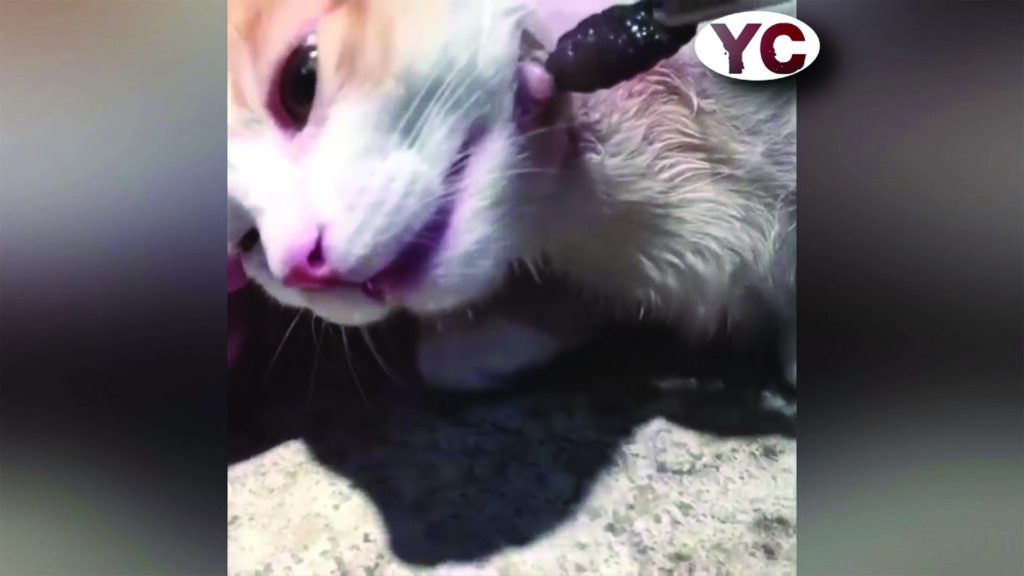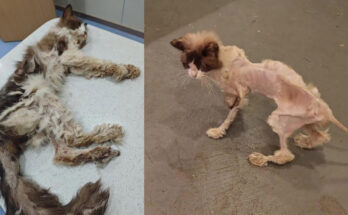Parasitic infestations by botflies may sound like something from a horror story—but they are real, and they matter. The condition known as Cuterebriasis (in animals) or more generally Myiasis occurs when fly larvae burrow into an animal’s skin, and treatment often requires careful removal of the larvae and wound care. PetsCare+3Wikipedia+3Wikipedia+3
What happens
A large fly, often of the genus Cuterebra (in wildlife and pets) or other botfly species, deposits eggs near burrows or vegetation. When a curious animal (a dog, cat, rabbit, etc.) explores these areas, the larvae can enter through skin wounds or mucous membranes. Wikipedia+1 Once inside, the larva develops under the skin, often creating a lump with a tiny breathing hole. PetsCare+1
How you know
Signs may include:
- A raised bump or swelling under the skin, often on the head, neck or body. PetsCare+1
- A small central hole (breathing pore) in the swelling. Garden State Veterinary Specialists
- The animal may scratch or bite at the site, or show discomfort.
- In more serious cases, if the larva migrates internally, symptoms may include breathing trouble, neurological signs or general decline. Garden State Veterinary Specialists
The big removal
Removal must be done by a veterinarian. Attempting DIY removal is risky: rupturing the larva or leaving parts inside can cause severe inflammation or infection. Garden State Veterinary Specialists+1
The vet may:
- Examine the area carefully.
- Provide sedation or local anaesthesia so the animal is comfortable. YouTube+1
- Widen the breathing hole gently (if necessary) and extract the larva intact. PetsCare+1
- Clean the wound and possibly apply antibiotics or treatment to prevent complications.
Aftercare and prevention
Once the larva is removed, follow-up care is important: keep the wound clean, prevent the animal from licking or scratching the area, and monitor for signs of infection. PetsCare
To reduce risk of infestation:
- Keep pets away from rodent burrows, tall grass or areas where fly eggs may be present. Garden State Veterinary Specialists
- Regularly inspect your pet’s skin, especially in warm months or after outdoor exploration.
- Maintain good yard hygiene and reduce wild rodent/nest habitats.
Why it matters
Left unchecked, these larvae can cause serious tissue damage, complications or very even migrate within the body, which can lead to severe outcomes. Wikipedia+1
If you suspect your animal has a botfly infestation—act quickly, keep the area undisturbed, and contact your veterinarian for safe removal and care.



